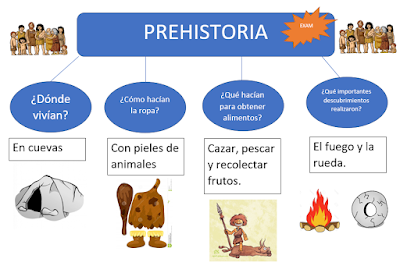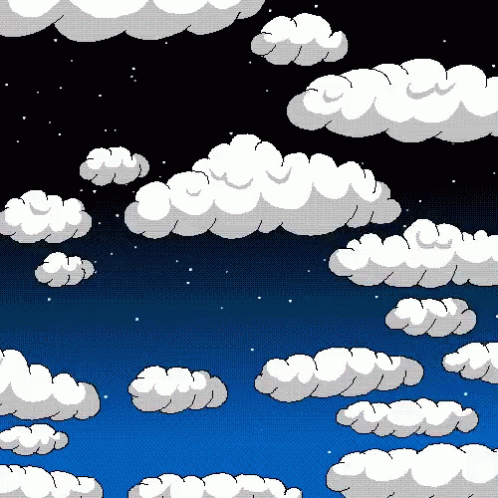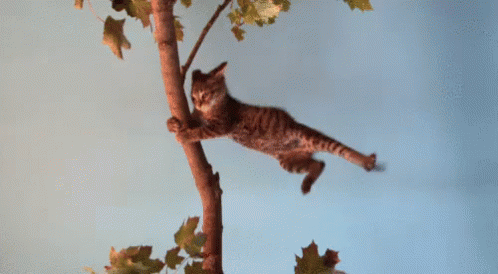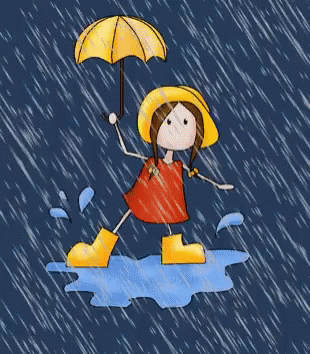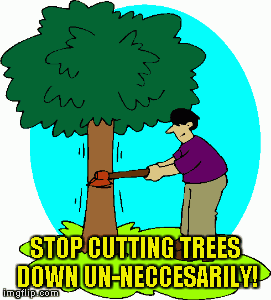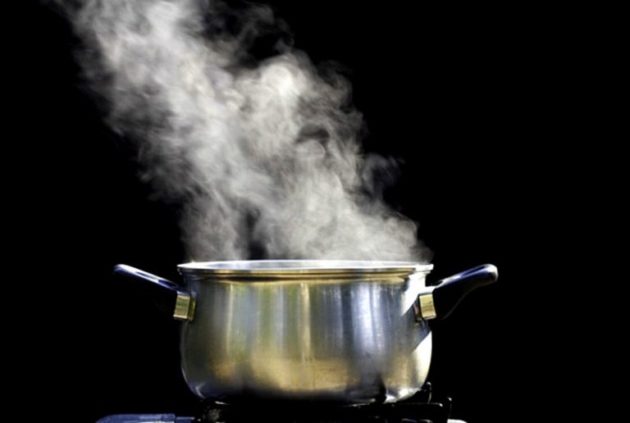PREHISTORY
We divide history intro periods. The oldest period is called Prehistory. Prehistory started about 5 million years ago. This was when the first humans appeared.
SPANISH: Dividimos la historia en épocas. La época más antigua se llama Prehistoria. La Prehistoria empezó hace 5 millones de años, cuando aparecieron los primeros seres humanos.
SPANISH: las personas vivían en cavernas/cuevas.
People made clothes from animal skins.
SPANISH: las personas fabricaban sus ropas a partir de pieles de animales.
People hunted and fishing.
SPANISH: las personas cazaban y pescaban.
People collected wild plants and fruit to eat.
SPANISH: Las personas recogían plantas y frutas para comer.
In Prehistory people didn't know how to read and write. But we know about how they lived from their cave paintings, tools and other objects.
SPANISH: En la Prehistoria las personas no sabía leer ni escribir, pero sabemos como vivían a partir de sus pinturas rupestres, herramientas y otros objetos.
 |
| Cave painting |
Prehistoric people discovered important things. First they discovered how to make fire. Much later on they invented the wheel. Then hey invented writing. That was the end of Prehistory.
SPANISH: Los prehistóricos descubrieron cosas importantes. En primer lugar descubrieron el fuego. Mucho más tarde inventaron la ruedo. Finalmente inventaron la escritura que significó el fin de la Prehistoria.
 |
| Fire |
 |
| Wheel |
CONCLUSION/OUTLINE (¡ESTUDIAR!)
WORDLIST
- Prehistory: Prehistoria.
- Cave: cueva, caverna.
- Animal skins: pieles de animales.
- Cave paintings: pinturas rupestres.
- Fire: fuego.
- Wheel: rueda.
- Writing: escritura.
- Tools: herramientas.
PARA APRENDER MÁS
EVOLUCIÓN HUMANA
PREHISTORIA (SPANISH)
PREHISTORY (INGLÉS)
TIME TO PLAY!!
Prehistory and Ancient Times
La Prehistoria en España
La Prehistoria
La Prehistoria II
Los primeros humanos
GOODBYE!!






